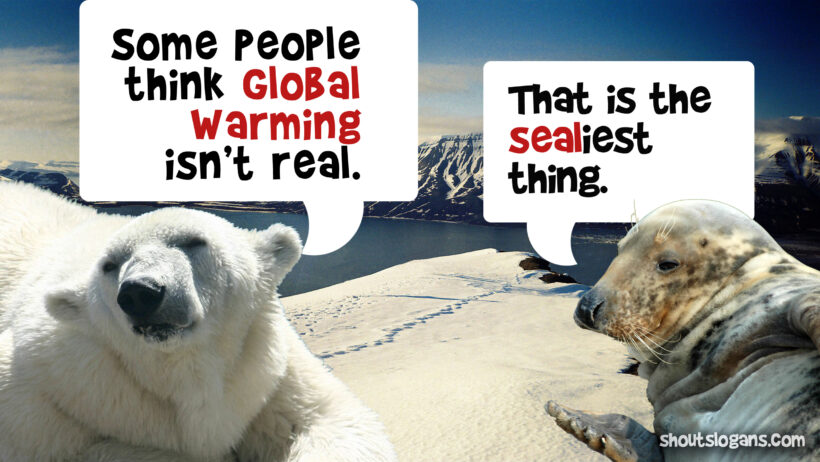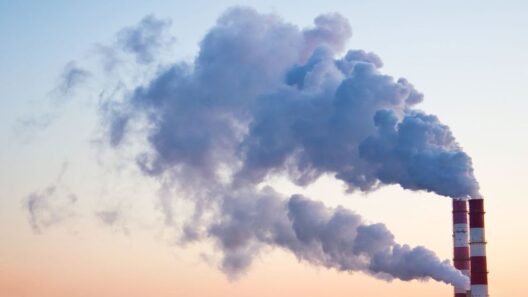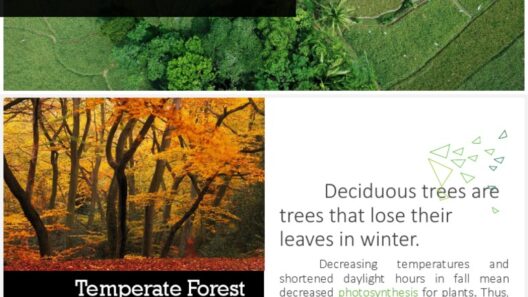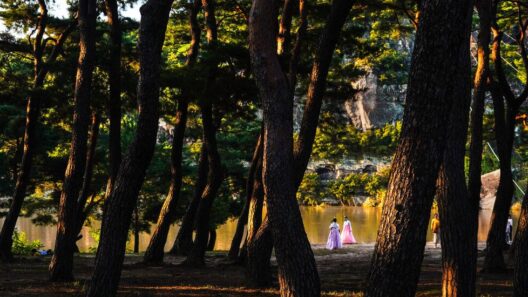In the vast labyrinth of environmental discussions, the terms “global warming” and “climate change” frequently waltz hand in hand, yet they possess distinct meanings that deserve elucidation. To embark on this exploration, imagine the Earth as a grand and ancient ship traversing the relentless seas of time. Its journey is besieged by myriad storms, revealing both splendors and scourges of nature. Within this metaphor lies the crux of our discussion: global warming is a tempest, while climate change is the ship’s navigation through varying weather patterns.
At its essence, global warming refers to the gradual increase in Earth’s average surface temperature, primarily due to the heightened concentration of greenhouse gases (GHGs) in the atmosphere. This phenomenon acts as a catalytic furnace, kindling warmth that can cause dire ramifications. Conversely, climate change encompasses a broader spectrum of alterations in Earth’s climate systems, including shifts in rainfall patterns, ocean currents, and extreme weather events. Thus, while global warming is a specific aspect of climate change, the latter captures the multitude of transformations that shape our planet.
Understanding the nuances between these two terms begins with their origins. The industrial revolution marked a critical juncture in human history. The combustion of fossil fuels became a prevalent means of energy production, unwittingly unleashing vast quantities of carbon dioxide and other GHGs into the atmosphere. This unbridled release can be likened to an unseen hand pulling the levers of nature, pushing the Earth towards a warming trajectory that disrupts its delicate balance.
As global temperatures ascend, the repercussions ripple across ecosystems. Species that once thrived in certain habitats find their realms uninhabitable, akin to an orchestra thrown into disarray when a conductor abruptly alters the musical score. Biodiversity diminishes as extinction rates climb, leaving a pallor of silence where vibrant life once flourished. Thus, global warming ignites a chain reaction that reverberates throughout the web of life.
Now, examining climate change reveals an even larger canvas, where not only rising temperatures come into play but also a kaleidoscope of other factors that transform our environmental landscape. Hurricanes grow more ferocious, droughts intensify, and freshwater sources dwindle, thereby challenging human beings and wildlife alike. Picture a grand pendulum swinging, one moment drawing closer to the sun while the next, it is beset by ravenous storms. Climate change, therefore, embodies this swinging duality—a culmination of warming and the ecological upheaval it engenders.
One cannot overlook the critical role of feedback loops in this intricate ballet. For instance, when ice caps melt, they expose darker ocean waters which, in turn, absorb more heat, further accelerating global warming. This vicious cycle epitomizes the interconnectedness of our planet’s systems. Climate change is not merely a byproduct of increasing warmth; it is a complex interplay of natural phenomena modified by anthropogenic actions.
In the battle against climate change, astute distinctions bear significance, particularly in public dialogue and policy-making. Understanding the specificities of global warming can fortify advocacy efforts aimed at combating its drivers. For instance, carbon emissions reduction strategies can specifically target fossil fuel consumption, which remains the primary culprit for rising temperatures. In contrast, climate change discussions must embrace an array of paradigms, addressing everything from sustainable agriculture to land-use practices, and disaster resilience. This multifaceted approach encourages a holistic consideration of our environmental obligations.
Consider the social ramifications of this dichotomy as well. Communities around the globe experience the weight of climate change in unique ways, tailoring responses that are adaptable and inclusive. Yet, when the narrative solely hinges on global warming, the scope of potential solutions may narrow. It is imperative that social justice be interwoven in the fabric of climate policy, recognizing that those who contribute least to greenhouse gas emissions often bear the brunt of its effects.
Further, the science behind each phenomenon reveals layered complexities. Global warming predominantly relates to atmospheric processes, while climate change encapsulates terrestrial, aquatic, and atmospheric interactions. Understanding these processes can foster resilience among communities that face the ire of shifting climate patterns. For instance, reforestation initiatives not only sequester carbon but can also enhance biodiversity, yielding a dual benefit for both global warming mitigation and climate adaptation.
In conclusion, while global warming and climate change may entwine in common discourse, they differ distinctly. Global warming symbolizes a fiery force, scorching and reshaping the Earth’s landscape, while climate change serves as the broader narrative—an intricate tapestry woven with threads of variance in weather, ecosystems, and human experiences. By grasping and articulating the differences between these phenomena, humanity can chart a course that fosters effective strategies to address the multifaceted challenges of our time. Navigating together toward a sustainable future demands a collective understanding of both the furnace of global warming and the complex mosaic of climate change. It is within this awareness that we may collectively seek refuge and resilience against the tumultuous seas that lie ahead.








